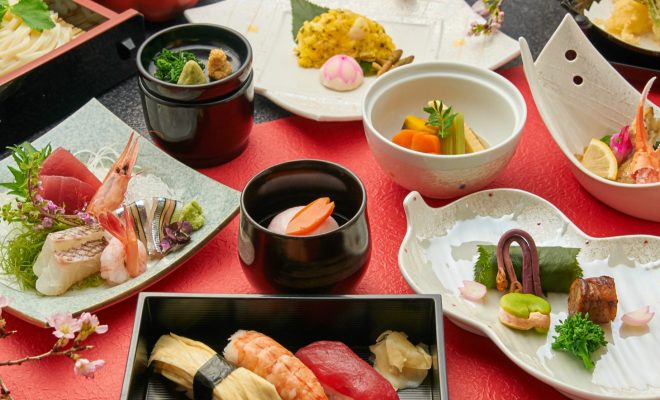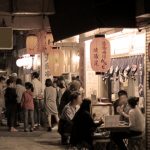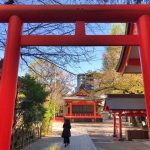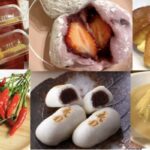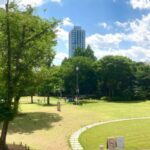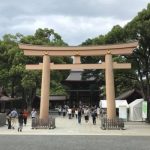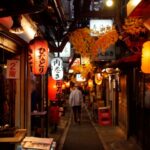“Washoku” is traditional Japanese cuisine which refers to individual Japanese food or a set of Japanese dishes. Japanese cuisine was registered as World Heritage in 2013. There are individual Japanese food such as Sushi, Sashimi, and Tempura etc and a set of Japanese dishes.
Washoku is characterized by the use of various seasonal fresh foods, and it is famous as very healthy food due to a low calorie, nutritious and well-balanced for a diet.
Japanese food can be roughly divided into two categories. One is “informal Japanese food” that Japanese people usually eat. The other is for high-class “formal Japanese food” such as a course meal. The overwhelming popularity among Japanese and foreigners is “informal Japanese food” such as ramen, okonomiyaki, pork cutlet and so on.
Differences between “Kaiseki (懐石料理) cuisine” and “Kaiseki (会席料理) cuisine”
Japanese cuisine form “Kaiseki (懐石料理) cuisine” and “Kaiseki (会席料理) cuisine” are different things because they tend to be confused because of the same pronunciation that reads “Kaiseki”. Let’s explain how they are difference from now.
Kaiseki-ryori (会席料理) is a traditional Japanese course dinner prepared from fresh, seasonal ingredients. Everything from the ingredients to the serving dishes is planned with the greatest care, to reflect the bounty of the seasons.
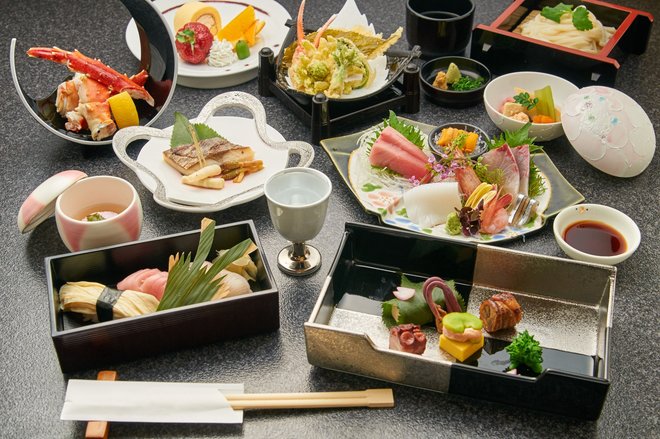
Kaiseki-ryori (会席料理)
Kaiseki ryori (懐石料理) is refers to the simple meal that the host of a chanoyu gathering serves to the guests before a ceremonial tea and is also known as chakaiseki (茶懐石). Kaiseki meal served on an individual tray, with three dishes rice, soup and a dish.
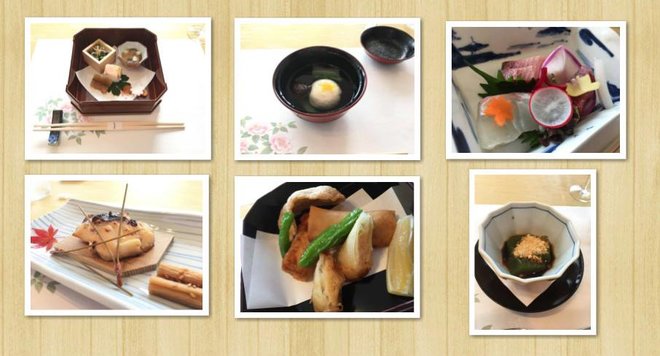
Kaiseki ryori (懐石料理)
There are so many low-priced but very tasty local food restaurants in Shinjuku. Don’t leave Japan without trying!!
For more about Japanese food, please visit here ➡ Japanese Food Information

